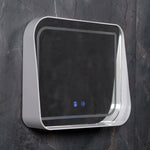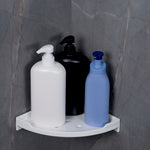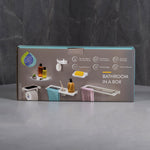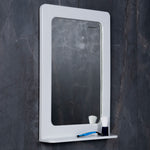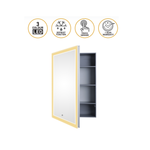Unveiling the Enigma: The Hidden Aspects of Mirror Design and Manufacturing Secrets
Feb 23, 2024
Mirrors are ubiquitous in our daily lives, serving not only as functional tools but also as intriguing pieces of design and craftsmanship. While we often take them for granted, there are fascinating aspects of mirror design and manufacturing that remain hidden from the common eye. In this blog, we will explore the lesser-known facets of mirror design and delve into some intriguing facts about the manufacturing process.
Aspects of Mirror Design:
-
Subtle Optical Illusions: Mirrors are not just flat reflective surfaces; they can play tricks on the eyes. Designers often incorporate subtle curves or distortions in mirror surfaces to create unique optical illusions. These mirrors can make spaces appear larger, enhance natural light, or add an artistic touch to a room.
-
Antique Mirror Techniques: Achieving the appearance of antique mirrors involves specialized techniques. Designers use methods like silvering and distressing to replicate the vintage look. The process requires a delicate balance of chemicals and craftsmanship to create the desired aged effect.
-
Frame Innovation: Mirror frames are not just decorative elements; they play a crucial role in the overall design. Some mirrors feature frames with integrated lighting, smart technology, or even hidden storage compartments. Designers constantly push the boundaries to merge aesthetics with functionality.
-
Customization Beyond Shape: Modern mirror design goes beyond traditional shapes. Customization options now include color-tinted mirrors, mirrored tiles, and even customizable shapes and sizes. Designers work closely with manufacturers to meet the unique preferences and requirements of their clients.
Facts About Mirror Manufacturing:
-
Silvering Process: The reflective coating on the back of mirrors is typically made of silver. The silvering process involves depositing a thin layer of silver onto the glass through chemical reactions. This delicate process requires precision to ensure a clear and durable reflection.
-
Glass Quality Matters: The type and quality of glass used in mirror manufacturing impact its clarity and longevity. High-quality mirrors use clear float glass, which undergoes a meticulous production process to eliminate imperfections and ensure a flawless reflective surface.
-
Safety Concerns: Mirrors are often manufactured with safety in mind. Some mirrors come with safety backing to prevent shards from scattering in case of breakage. This feature is especially crucial in environments where safety is a priority, such as gyms, schools, and public spaces.
-
Anti-Reflective Coatings: Advanced mirror manufacturing involves the application of anti-reflective coatings to reduce glare and improve clarity. These coatings enhance the mirror's functionality, making it ideal for spaces where excessive light reflection is undesirable.


